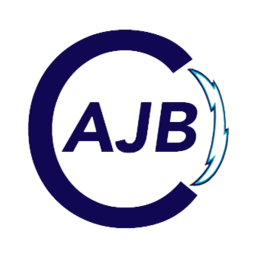When it comes to agile methodologies, it’s all about embracing collaboration, a major agile principle.
Agile methodologies are an efficient way to help companies quickly respond to the ever-evolving market forces and stay a step ahead of their competitors.
However, reports reveal that 47% of most agile transformations fail.
So, how can you seamlessly adapt to the change?
Where do you start? How do you ensure your transformation sticks?
This guide outlines key elements for developing a practical and effective agile transformation strategy.
Let’s begin!
1. Define Crystal-Clear Goals

Begin by defining what you hope to achieve with your agile transformation. Are you aiming to accelerate product delivery, enhance team collaboration, or improve customer responsiveness? Clearly defined goals provide direction and purpose, guiding your strategy and keeping your teams focused. These goals should be specific, measurable, achievable, relevant, and time-bound (SMART).
2. Foster a Culture of Adaptability
Cultivating a culture that embraces change, experimentation, and continuous learning is an important set of practices, and a mindset that embraces change, experimentation, and continuous learning.
This involves promoting psychological safety, encouraging open communication, and empowering teams to make decisions. Leadership plays a vital role in championing this cultural shift and demonstrating agile values in their actions.
3. Choose the Right Agile Framework
There’s no one-size-fits-all approach to agile. Explore frameworks like Scrum, Kanban, and Lean to determine which best suits your organization’s needs and structure. Consider factors such as team size, project complexity, and industry regulations when selecting. Often, a hybrid approach, combining elements from various frameworks, can be the most effective.
4. Address Potential Pitfalls and Ensure Company-wide Engagement
Agile transformations can encounter resistance. Anticipate potential challenges such as lack of training, inadequate resources, or organizational inertia. Address these proactively by providing comprehensive training, securing necessary resources, and communicating the benefits of agile to all stakeholders. Ensure company-wide engagement by involving employees from different departments in the transformation process, fostering a sense of ownership and shared responsibility.
5. Leverage the Right Technologies
Technology can be quite effective in enabling agile transformation.
Here’s where tools like XSLT, XML data conversion, and custom software development come into play:
XSLT (Extensible Stylesheet Language Transformations): This language is invaluable for agile teams. It allows you to transform XML data into various formats (HTML, PDF, etc.) This flexibility is essential for quickly adapting content to different channels and customer needs, supporting iterative development and rapid feedback cycles.
XML Data Conversion: XML serves as a standardized, platform-independent format for data exchange. In an agile environment, where cross-functional collaboration is key, XML facilitates seamless data flow between different systems and teams, fostering transparency and efficiency.
Custom Software Development: Building bespoke software solutions with an agile approach allows for incremental development, frequent releases, and continuous feedback integration.
6. Measure and Track Progress
Establish clear metrics to track your progress toward your agile goals. Regularly review your performance, identify areas for improvement, and adjust your strategy accordingly.
If you’re looking for professional software services for your company, look no further than AJB Consulting. With over twenty years of experience in Python-based development, Java, and XML, AJB Consulting prides itself on its professionalism, unmatched expertise, and tailored software solutions.
Get in touch with our team today to learn more about our XML to JSON conversion services.
